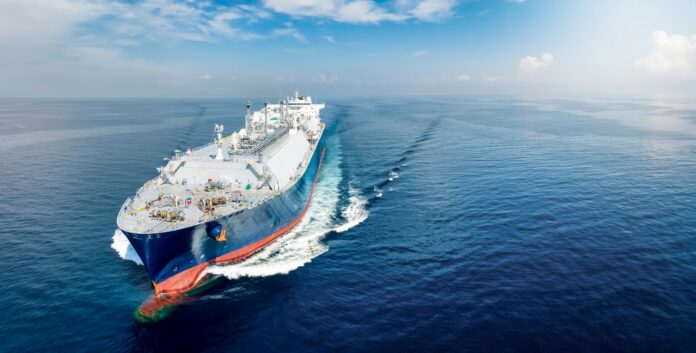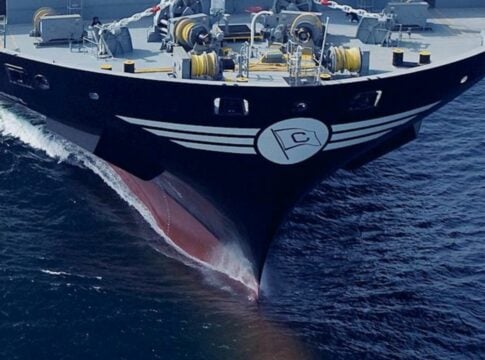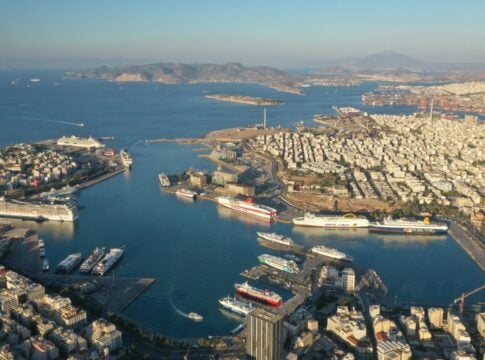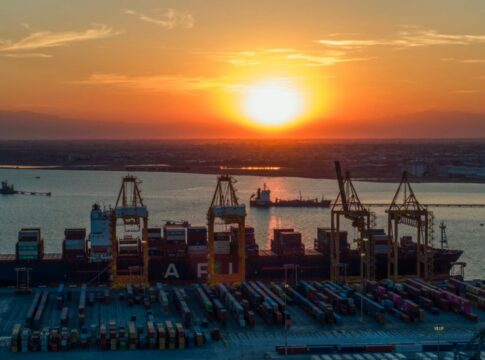The number of ships using LNG in the global fleet is increasing significantly, while Greek shipowners are emerging as “strong” players in ships under construction with this particular fuel.
Industry coalition SEALNG has revealed that more than 2,000 of the world’s 60,000 largest ships will use LNG fuel by the end of 2028.
According to Veson Nautical data, Greek shipowners have ordered 52 LNG-fueled ships, worth 13.6 billion dollars.
The Greek order book corresponds to 13.5% of the capacity under construction in terms of number of ships and 14.3% in value.
The largest shipbuilding program is implemented by the Japanese, having 73 ships on order, i.e. 18.9% of the global order book.
Established in 2016 to demonstrate the benefits of the specific marine fuel across the shipping chain and involving high-profile companies, including shipping companies, ports, suppliers, tankers, infrastructure providers and manufacturers, the SEA-LNG body says that active ships with this fuel now represent more than 2% of the global shipping fleet, while if vessels on order are included, this percentage increases to 4% in number and 6% in dead weight tonnage (DWT).
From 21 ships operating on LNG in 2010, many of which were small and operating regionally, the number has grown to 590 globally, including the world’s largest container ships.
With another 564 orders, the total number of ships powered by LPG by the end of 2028 will reach 1,154. Added to these are 772 LNG carriers in operation, with another 341 on order by the end of 2023.
Greek plans
Shipbrokers noted to “Naftemporiki” that the plans of the Greek shipowners include the construction of large 16,000 TEUs dual-fuel container ships with the possibility of using LNG and delivery in 2027.
According to shipping company Xclusiv, 14 LNG dual-fuel containerships have already been ordered by Greek interests CapitalExecutive Ship Management Corp, Navios Maritime Partners and Euroseas Ltd.
According to DNV, dual-fuel LNG vessels make up a third of the order book.
The fleet of LNG-powered ships in operation and on order, at 142.5 million DWT, represents 6% of the total global fleet of 2,224 million DWT.
According to SEALNG data, to support dual-fuel LNG ships there are currently available tanks in 185 ports, with another 50 to be added next year.
“It is positive that LNG is finally preferred by so many shipowners. LNG is the only practical and realistic alternative fuel option available today – even for those shipowners who may be considering other such options,” SEA-LNG President Peter Keller noted.
LNG has practically zero emissions of sulfur oxides (SOx) in the fuel and leads to a reduction of up to 95% of nitrogen oxide emissions of NOx and up to 23% of emissions.














